- shader tutorial aimed at beginners that teaches shader fundamentals using Panda3D and GLSL
- starting with the basics of coordinate spaces, and GLSL shaders
- shows how to implementing texturing, lighting, normal mapping
- additionally outlining, fog, bloom, screen space ambient occlusion, depth of field and several stylization techniques
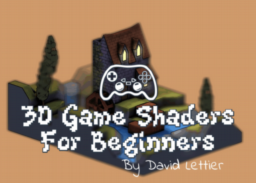
- explains tone mapping terms and how the human vision perceives changes in luminance
- the viewing environment has a significant influence on the perceived dynamic range
- shows how different display technologies deal with bright pixels and what artifacts they produce
- FreeSync provides information about the HDR capabilities of a connected to monitor to the application to be able to adjust the tone mapper accordingly

- paper on path trace denoising
- aimed at interactive scenarios with 1 sample per pixel
- using linear regression and temporal anti-aliasing combined with many problem-domain specific improvements
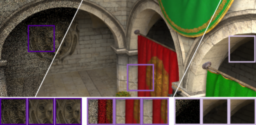
- Vertex Descriptors in Metal allow the programmer to describe the memory layout of vertices
- shader compiler inserts the necessary fetch logic to read the data correctly
- this allows decoupling of vertex memory layout from the usage in shaders
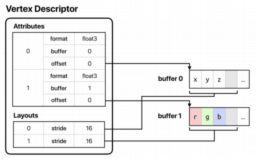
- shows how to implement Asymmetric Projection
- adjust the projection on a render-to-texture in 3D space so that it appears as if the viewer is looking through a portal into another 3D space

- the new version adds support for hardware-level tracing on an instruction level
- now shows the ISA inside of the pipeline view too
- support for user markers have been added
- a small overview of how to interpret the provided data
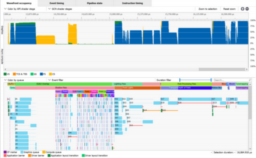
- video for article discussed in issue 76
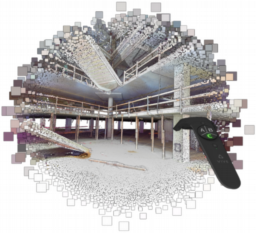
- the tutorial shows how to use BGFX running on Linux
- initialize BGFX, load shaders, and models and draw a cube on screen
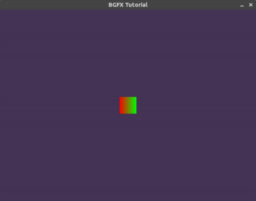
- example project for a course teaching the basics of shader development using Unity
- covers vertex, pixel, surface shaders
- additionally talks about Shader Graphs and post-processing
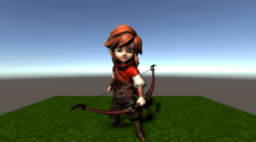
- collection of VFX tweets of the week
- tutorials, demos, and showcases of great looking effects
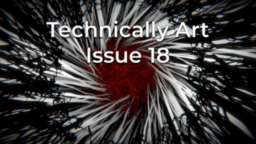
- presents what kind of approximations are still required to be done in Physically Based Rendering
- opens the question that we should start looking at the approximations to determine where to focus on for the next generation of visuals

- proposal of requirements that would allow WebGPU to be used as a common cross-platform abstraction
Thanks to Deepak Surti for support of this series.
Would you like to see your name here too? Become a Patreon of this series.